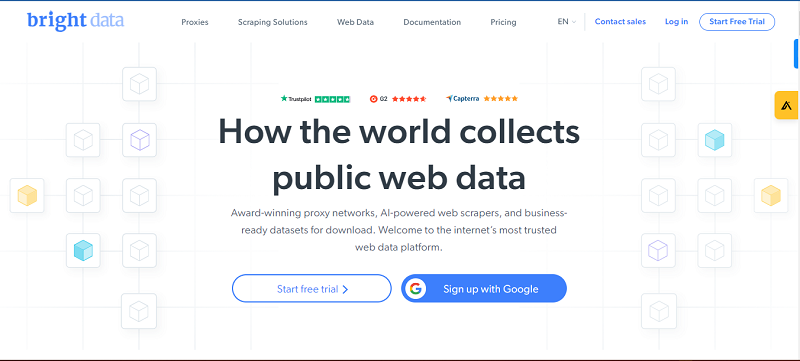Multi-cloud has emerged as an enterprise favorite in almost no time. In fact, Security Boulevard makes a reference to a Forrester Research Report which confirms that almost 86 percent of the surveyed global decision-makers have already adopted a multi-cloud strategy. And why wouldn’t they? Alongside avoiding vendor lock-in and gaining wider access to features and solutions to meet enterprise IT needs, a multi-cloud approach has demonstrated 49 percent increase in performance, 48 percent reduced costs and 45 percent increased flexibility as per an online survey of 150 Federal IT decision-makers, conducted by MeriTalk in association with Affigent and Dell Technologies.
Multi-cloud has definitely been off to a great start. It has become the new normal among enterprises. As for you, you may already be seeing the many advantages of relying on various cloud providers in a multi-cloud environment. However, now that the multi-cloud approach is here to stay, the bigger and more pertinent question that you need to answer is:
How prepared are you to sustain your multi-cloud approach?
Unfortunately, 75% of survey respondents say they aren’t equipped enough, having confessed to the fact that managing multi-cloud environments will be one of their top challenges in the next five years with governance topping the list of concerns. Now the thing with governance is, it is inherently complex and also a non-revenue generating aspect of any business. This reality makes it difficult to sustain the spotlight on governance despite the criticality of its policies and practices in mitigating risks. For IT leaders though, understanding and communicating the importance of governance in the long-term health of the organization is necessary. Now, more than any time else.
Because governance mitigates risks. Be it in any department – marketing, sales, HR or data. And especially in the case of a multi-cloud environment, governance is the only way to rein in the vigorously growing data, which if left unattended can lead to disastrous outcomes for the enterprise. See the thing is, the amount of data isn’t really the problem. In a multi-cloud environment, tracking where the sea of data gets created and collected is the challenge. With the number of applications and services multiplying, so are the data silos. And more the data silos, larger becomes the complexity and slower the operations and further, lesser the visibility and control. All of which can ultimately cost the enterprise major, unforeseen losses.

So, how can IT leaders build a strong cloud data governance model?
Governance is like eating healthy. You can’t eat healthy for a week or a month or even a year and expect it to bear good results for the rest of your lifetime. It is an ongoing process that gets molded all along the way.
1. Get the Executive buy-in: You need to be able to communicate how high the stakes are when it comes to governance. And the best way to do this is in the form of demonstrating revenue losses and citing examples of enterprises that have even had to shut down operations due to inappropriate governance. The question here isn’t just about data breaches, it is also about showing the non-IT executives how insufficient governance can cause major business problems.
2. Create and sustain a data-first culture: Are your people enthusiastic about deriving valuable insights from data? When it comes to getting the most value from data, it is necessary that the entire organization lives, breathes and eats data. Engaging with the larger organization to create awareness around the data policies and practices and thereby, drive a culture that values data is very important. This includes employees knowing what the policies and practices around data are, having access to up-to-date data and to tools that make it possible to put to practice the defined data policies and practices.
3. Identify data owners: Identifying subject matter experts and assigning them the responsibility of being data owners for specific types of datasets will drive accountability. These data owners will then become the creators and implementers of data policies for their specific datasets. Their responsibility would ideally also include cleaning out redundant data for improved efficiency.
4. Build data strategies that simplify governance: The three key components in data strategies that can simplify governance are: data design, containerization and serverless strategy. Data design segregates data as per its usage and ensures the workloads are in the right place relative to the data, reducing network traffic and cost. This also allows for data policies to be included. Containerization packages data applications into different containers making them independent entities that can run across multiple clouds. This allows for a unified approach to data governance independent of the cloud type or service provider. And finally, with serverless strategy, resources can be scaled as per requirement, reducing complexity, skills and cost. And when combined with containerization, serverless strategy can help you be cloud vendor and technology agnostic, building a more simplified platform for data governance.
When it comes to cloud data governance, there are no quick fixes. No magic potions or silver bullets. Data governance can be compared to our backbone, the presence of which almost always goes unnoticed but any damage to it can disable our normal functioning for life. Data governance is the backbone of multi-cloud that can give it the sturdiness, build sustenance and enable success.
By Anita Raj





